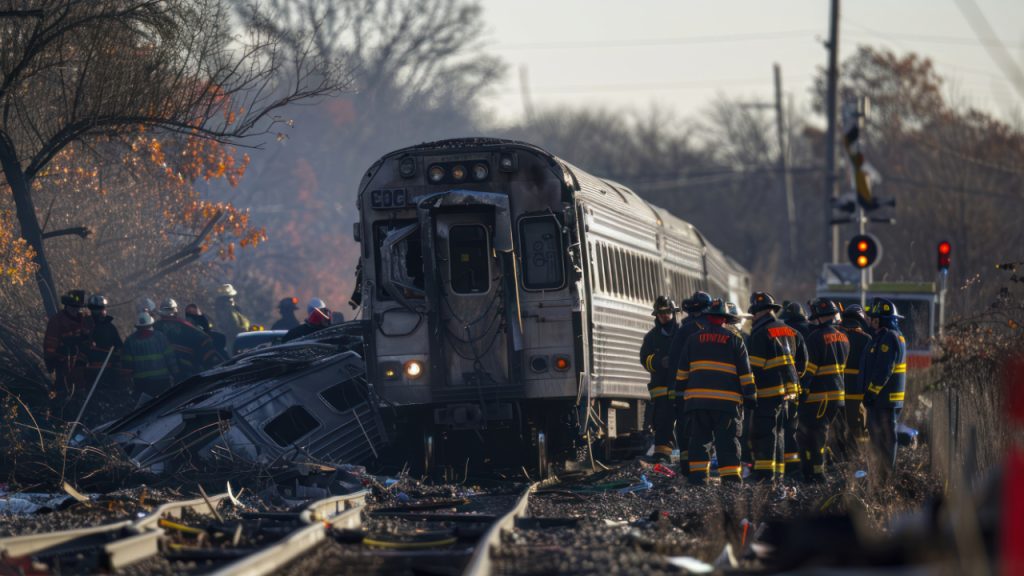I’ve always thought of rail travel as one of the safest ways to get around, but history has shown that even trains aren’t immune to disaster. From mechanical breakdowns to human mistakes and even nature’s fury, some train accidents have left deep wounds in the communities affected. These tragic wrecks serve as a reminder of the delicate balance between progress and danger.
I’ve compiled a list of 17 of the most devastating train accidents in history, where lives were tragically lost, and important lessons were learned along the way.
The St-Hilaire Train Disaster – Canada, 1864
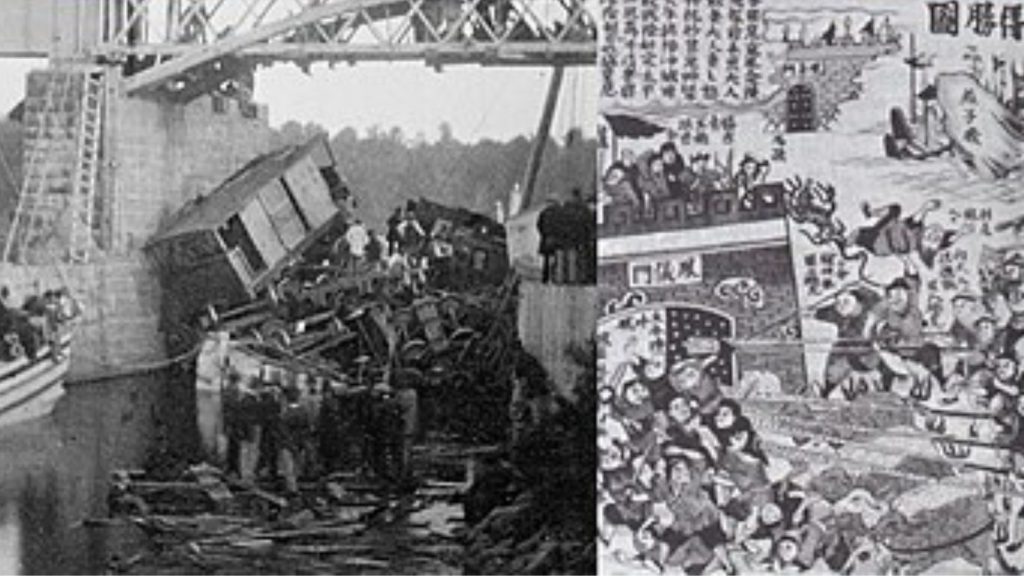
On a foggy June morning in Quebec, Canada, a passenger train failed to stop at an open drawbridge, plunging into the Richelieu River. Tragically, 99 people perished in this disaster. The crew had missed signals warning them of the open bridge, leading to Canada’s deadliest train accident. This catastrophe prompted the development of more standardized safety procedures across North America.
The Montparnasse Derailment – France, 1895
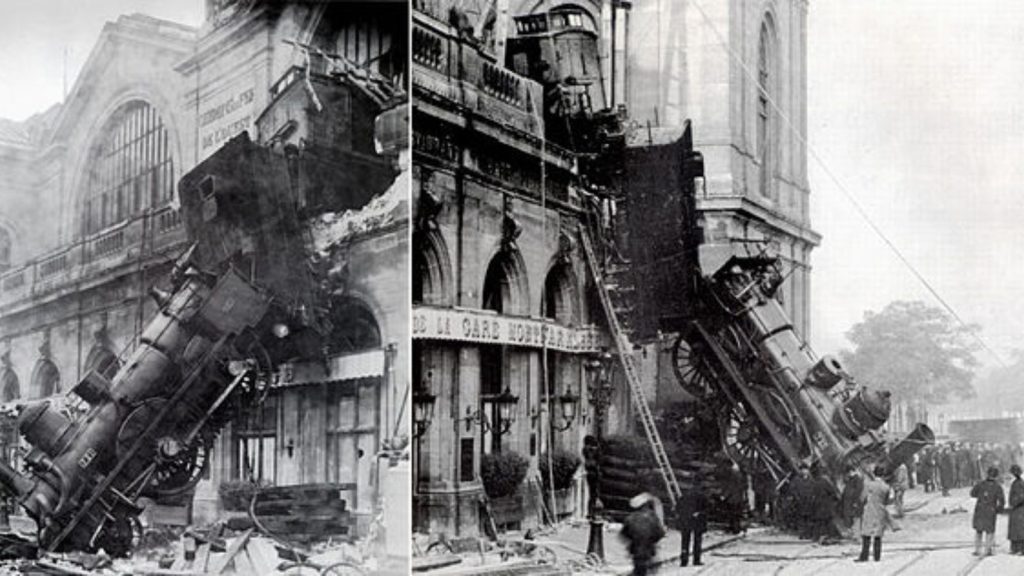
A train racing into Paris’ Montparnasse station failed to stop and crashed through the station wall, careening onto the street below. While only one person was killed, the dramatic image of the locomotive dangling from the station is still one of the most famous train wreck photographs. This accident highlighted the dangers of speeding and the need for better braking systems in rail travel.
The 1915 Quintinshill Rail Disaster – United Kingdom
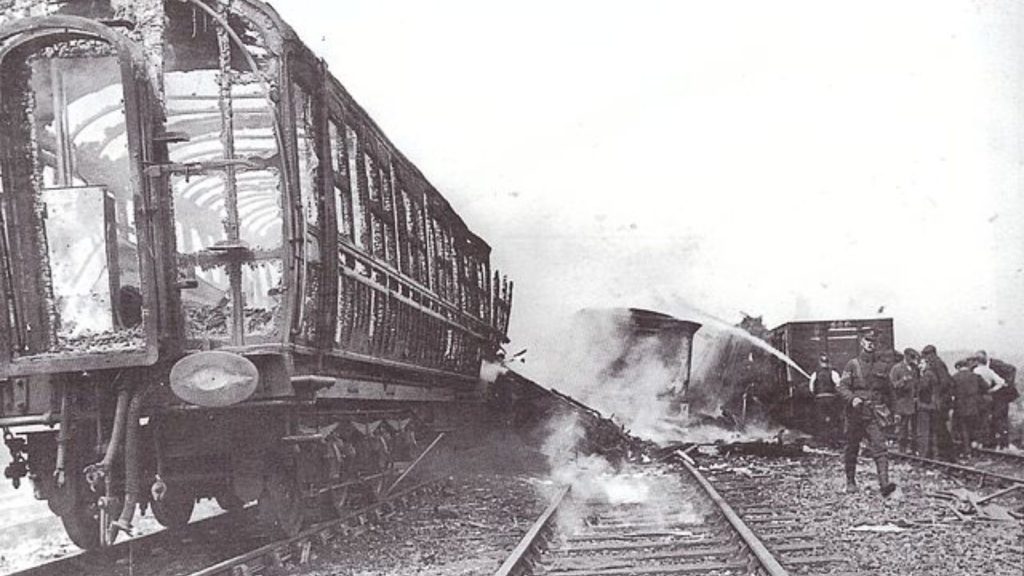
In 1915, a series of miscommunications and errors at the Quintinshill signal box caused a catastrophic collision between two trains in Scotland. The wreck ignited a fire that engulfed several trains, including a troop transport carrying soldiers. Over 226 people were killed, making it the deadliest rail disaster in British history. The tragedy exposed the dangers of human error in signal operations.
The Ciurea Rail Disaster – Romania, 1917
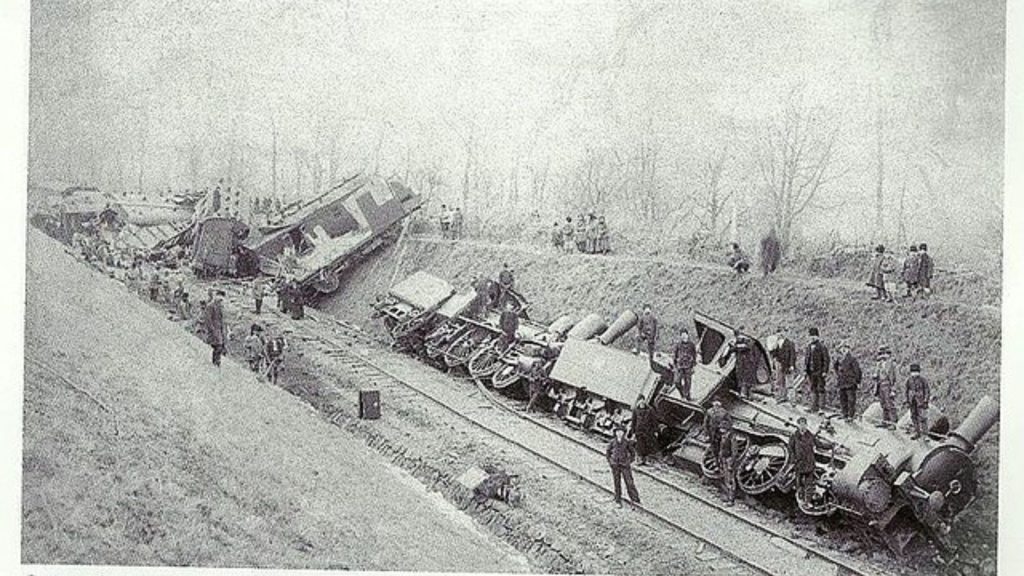
During World War I, overcrowded trains became a necessity in many countries. In Romania, a heavily overloaded passenger train derailed at Ciurea Station, killing at least 800 passengers. The exact cause of the accident remains debated, but mechanical failure and inadequate brakes are suspected. This disaster is among the deadliest train wrecks in Europe.
The Balvano Train Disaster – Italy, 1944
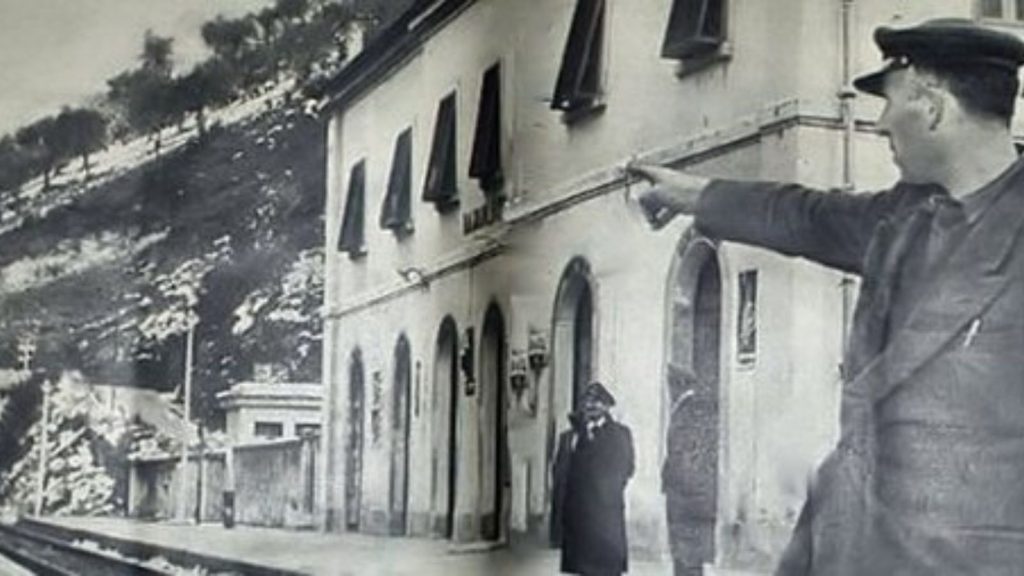
During World War II, Italy saw one of its worst train accidents when a steam train carrying passengers stalled inside a tunnel near Balvano. The passengers, trapped in the smoke-filled tunnel, died of carbon monoxide poisoning. More than 500 lives were lost in this disaster, largely due to wartime overcrowding and poor ventilation in the tunnel.
The Eschede Train Disaster – Germany, 1998
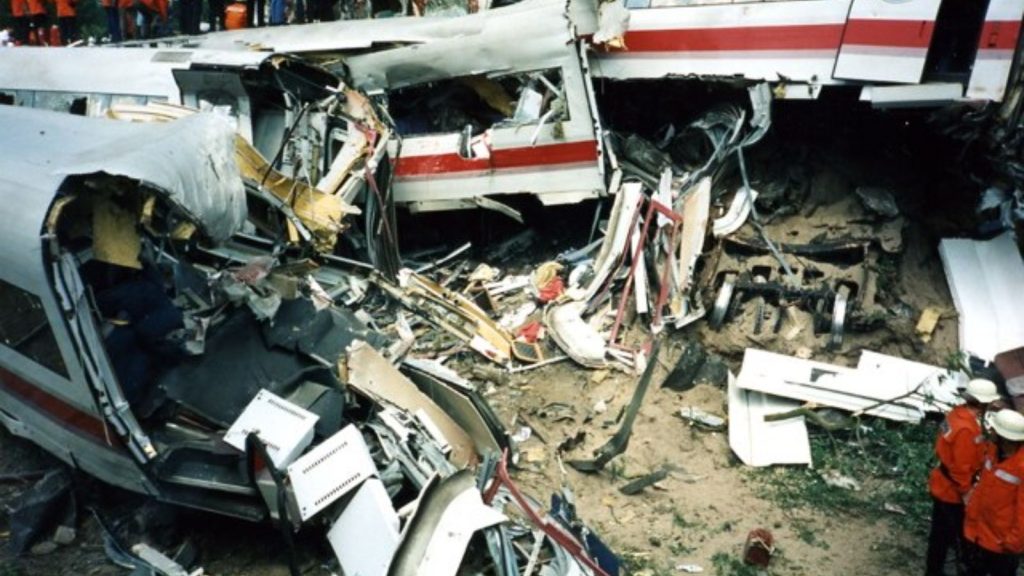
In June 1998, Germany witnessed its deadliest high-speed train accident when an ICE train derailed in the town of Eschede. A broken wheel led to the derailment, causing the train to crash into a bridge support, killing 101 people. This wreck highlighted the need for better inspection and maintenance protocols for high-speed trains.
The Ufa Train Explosion – Soviet Union, 1989
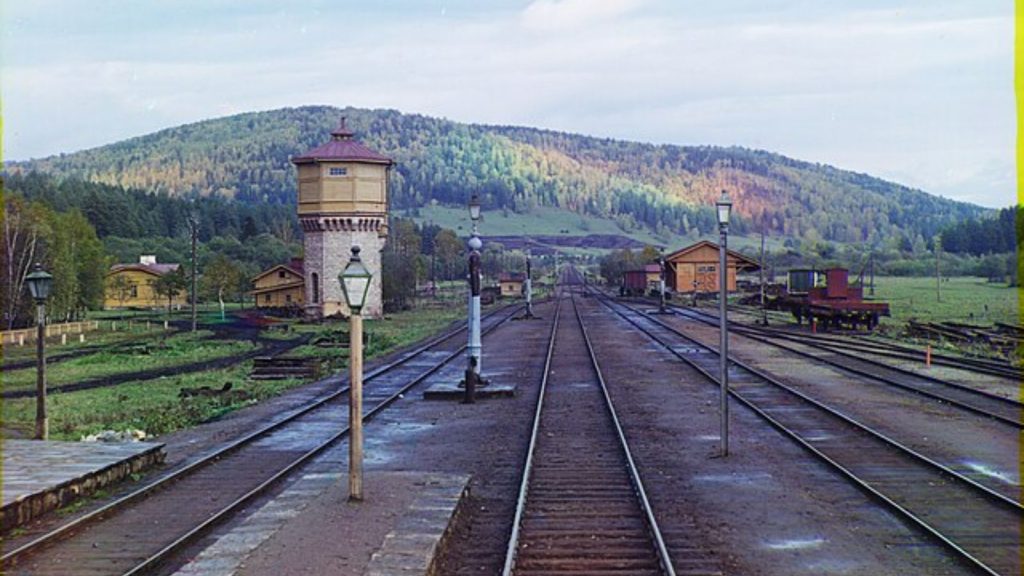
In one of the most unusual and deadly train disasters, two passenger trains traveling near Ufa, Russia, were caught in a massive gas explosion. A leaking pipeline ignited, creating a fireball that engulfed both trains, killing over 575 people. This incident highlighted the dangers of running trains near oil and gas pipelines without proper safeguards.
The Al Ayyat Train Disaster – Egypt, 2002
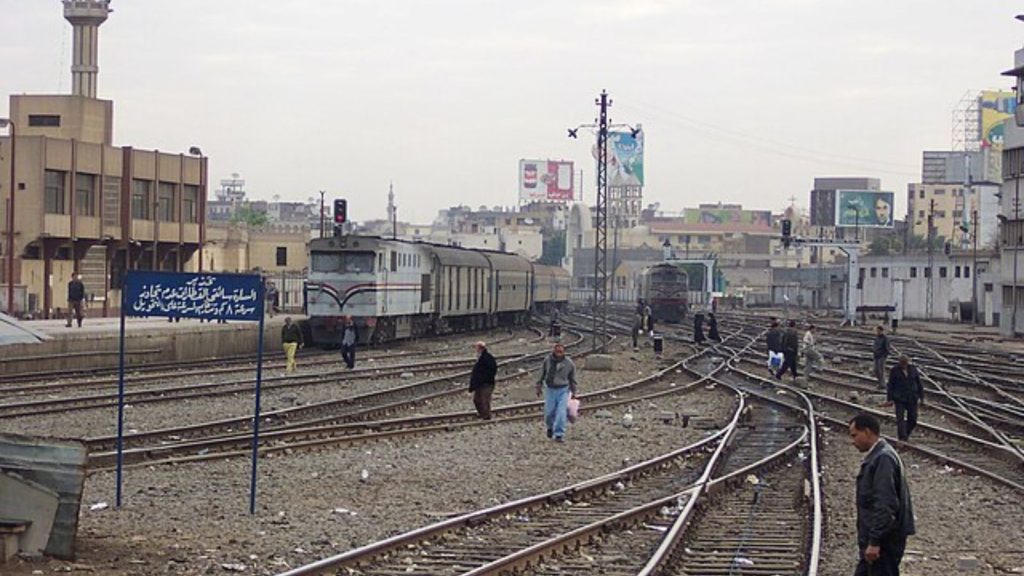
In 2002, a passenger train traveling from Cairo caught fire near Al Ayyat, with flames spreading through seven of its carriages. Many passengers jumped from the speeding train to escape the blaze, while others were trapped inside. Over 370 people died in this horrific accident. Investigations pointed to a stove being used illegally on board as the likely cause of the fire.
The Nishapur Train Explosion – Iran, 2004
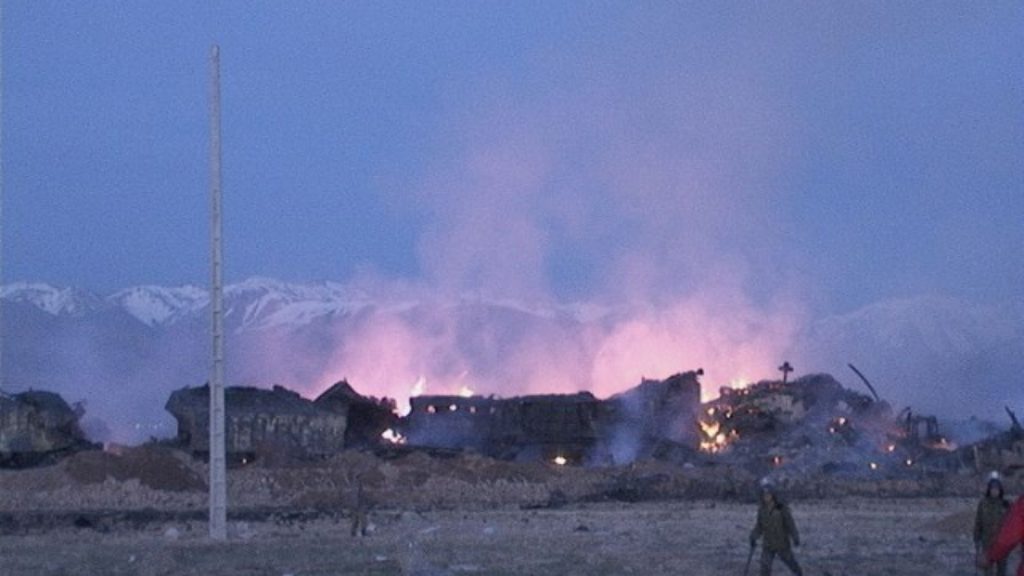
In one of the most bizarre rail accidents, a runaway train carrying chemicals and fuel derailed in Nishapur, Iran, triggering a massive explosion. The blast flattened nearby villages, killing over 300 people, including rescue workers. The cause of the train’s runaway status remains uncertain, but this disaster emphasized the dangers of transporting hazardous materials by rail.
The Lac-Mégantic Rail Disaster – Canada, 2013
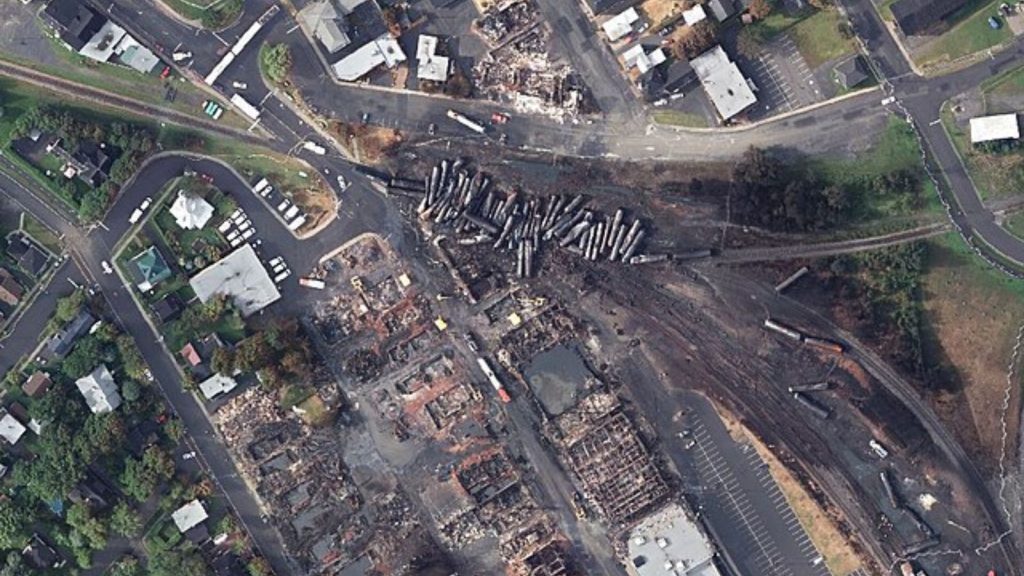
In July 2013, a runaway freight train carrying crude oil derailed in Lac-Mégantic, Quebec, causing a massive explosion that killed 47 people and destroyed much of the town. The disaster highlighted the risks of transporting volatile materials through populated areas and led to significant changes in rail safety regulations across North America.
The Santiago de Compostela Derailment – Spain, 2013
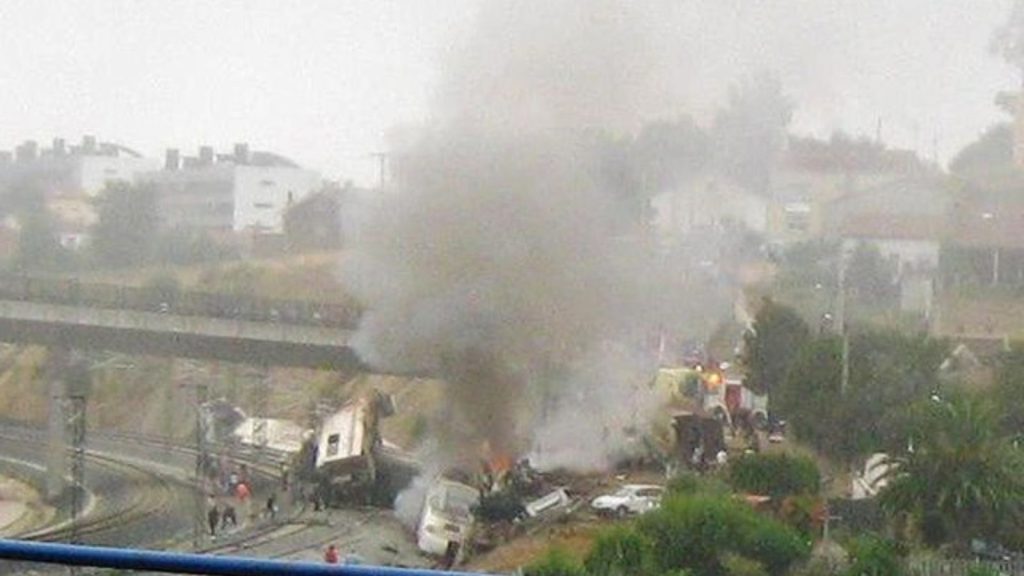
In one of Spain’s deadliest rail accidents, a high-speed train derailed near Santiago de Compostela, killing 79 people. Investigations revealed that the train was traveling at double the speed limit around a curve. The incident raised concerns about speed regulations and the importance of automated braking systems on high-speed trains.
The Granville Rail Disaster – Australia, 1977
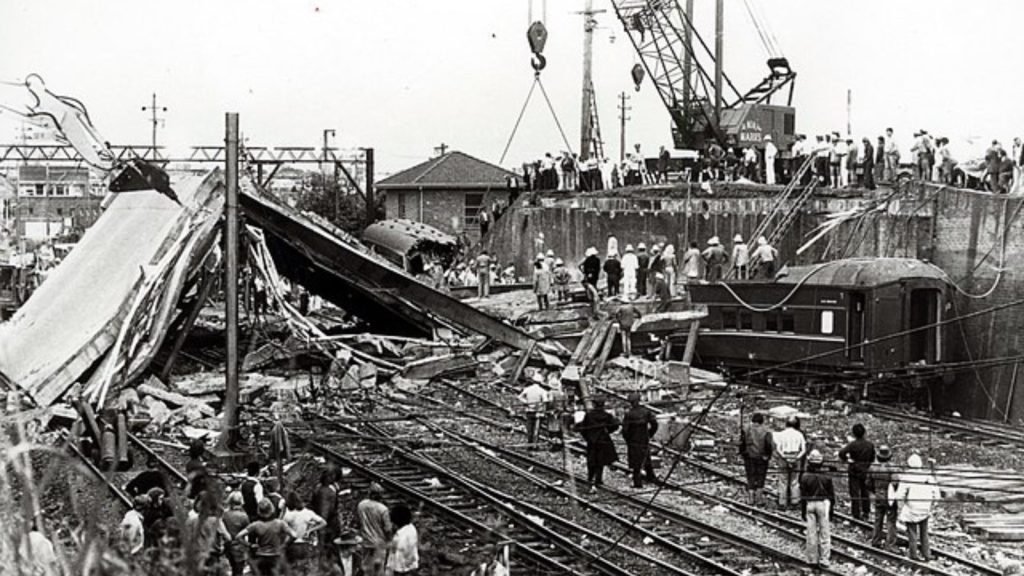
One of Australia’s worst train disasters occurred when a passenger train derailed and crashed into a bridge in Granville, Sydney. The bridge collapsed onto the train, killing 83 people and injuring over 200. The accident was caused by poor track maintenance and highlighted the need for better infrastructure investment in Australian railways.
The Sainthia Train Collision – India, 2010
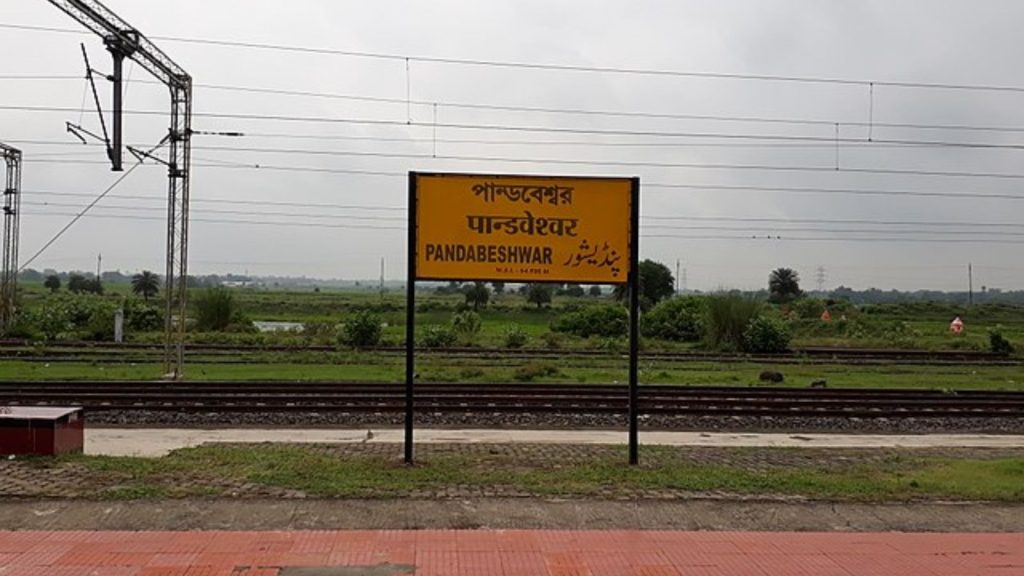
In 2010, two passenger trains collided at Sainthia station in West Bengal, India, killing over 60 people. The crash occurred after one train ran a signal and rammed into another standing at the station. The disaster led to an overhaul of India’s railway signaling systems and renewed focus on train driver training.
The Tangiwai Disaster – New Zealand, 1953
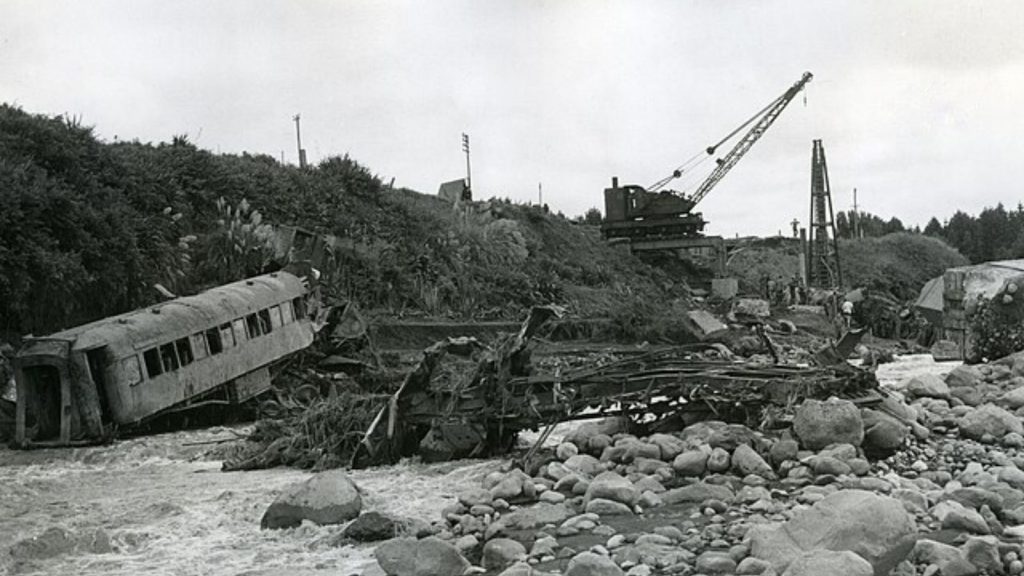
New Zealand’s worst rail disaster occurred when a passenger train plunged into the Whangaehu River after a bridge collapsed due to a lahar (volcanic mudflow) from Mount Ruapehu. 151 people were killed as the carriages were swept away. This tragic event underscored the vulnerability of infrastructure to natural forces.
The Ufton Nervet Rail Crash – United Kingdom, 2004

In 2004, a passenger train collided with a car at a level crossing in Ufton Nervet, England. Seven people were killed in the crash, which reignited debates over the safety of level crossings in the UK. This disaster led to reforms in crossing design and a push for automated barriers.
The Moorgate Tube Crash – United Kingdom, 1975
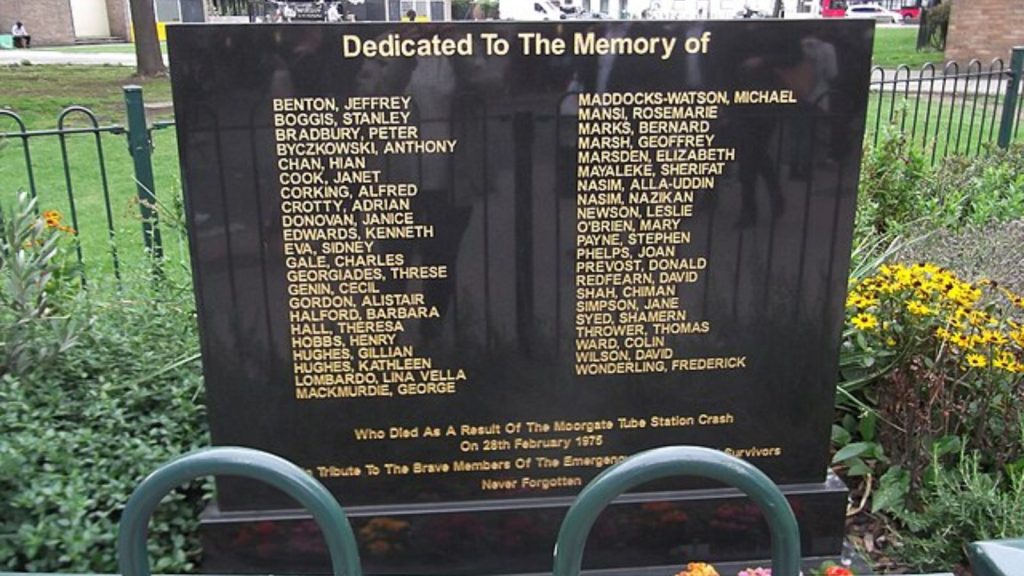
One of the most mysterious train accidents in London’s history, the Moorgate Tube crash occurred when a train failed to stop at the Moorgate terminus and slammed into the tunnel end. Forty-three people were killed. Investigations failed to determine why the driver did not apply the brakes, leading to new emergency braking systems being installed on all London Underground trains.
The Summer Street Bridge Disaster – United States, 1878
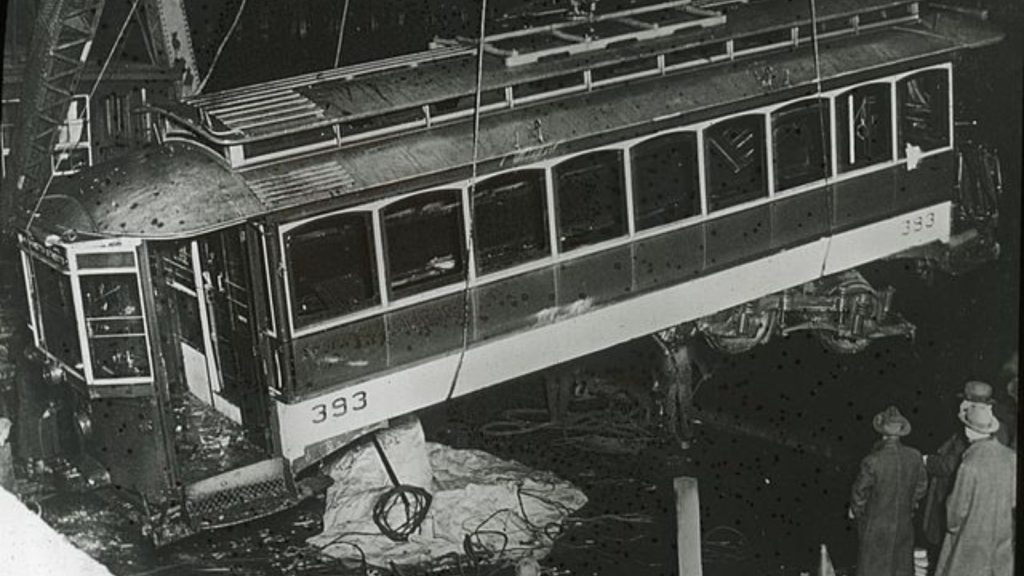
In Boston, a passenger train crossed the Summer Street Bridge, which collapsed under its weight, sending the train into the river below. Fourteen passengers drowned, and the accident raised concerns about the structural integrity of bridges used for railways. This event led to stricter bridge inspections across the U.S.
21 Things Pilots Are Forbidden to Do During Flights

Have you ever wondered what rules pilots must follow while they’re in the cockpit? Being a pilot is a job that comes with a lot of responsibility and a strict set of rules to ensure the safety of everyone on board.
These rules ensure that pilots maintain the highest standards of safety and professionalism while flying. By adhering to these guidelines, they help ensure that every flight reaches its destination safely.
Read More: 21 Things Pilots Are Forbidden to Do During Flights
Ellen has been obsessed with logic puzzles, jigsaws, and cryptograms since she was a kid. After learning she was taught how to play chess wrong by a family friend (so they could win), she joined her school chess club and the rest is history.
